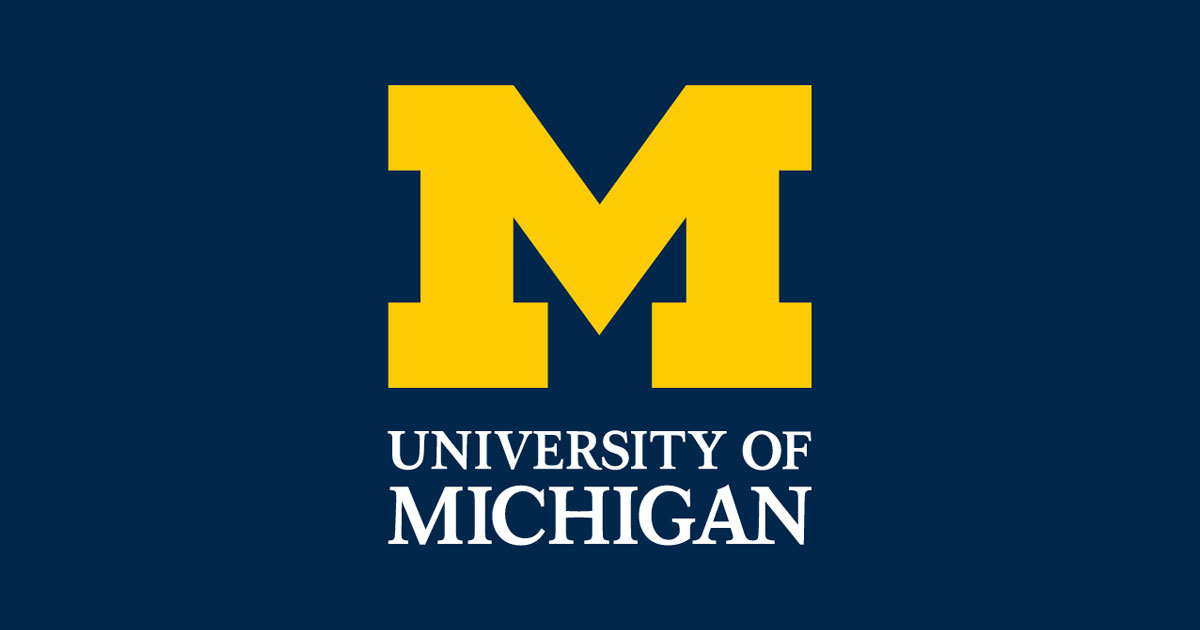Consortium Partners
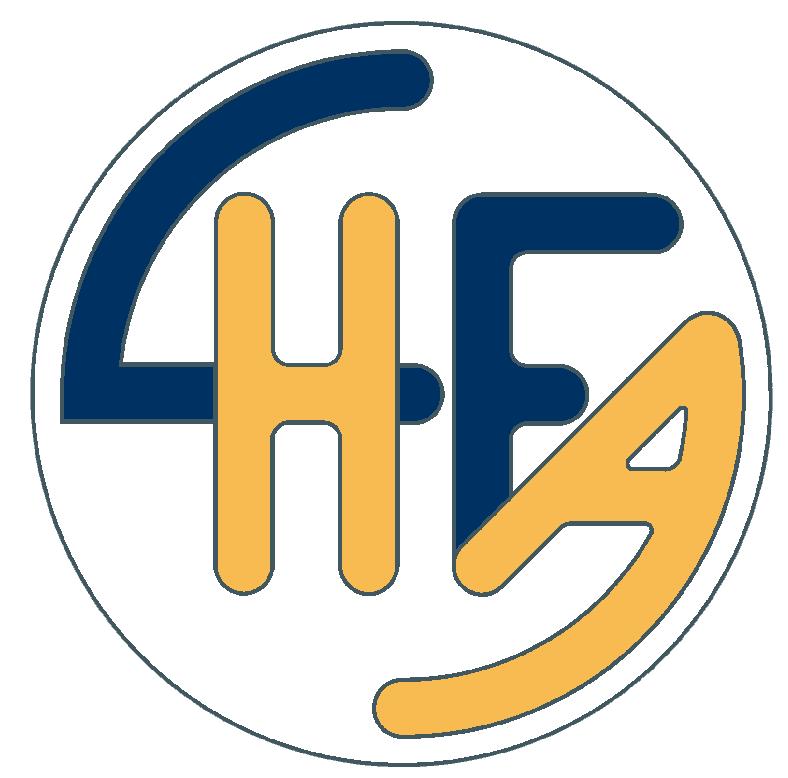
Laboratoire Hétérochimie Fondamentale et Appliquée–Toulouse (LHFA, UMR CNRS 5069), France, LHFA
The “Laboratoire Hétérochimie Fondamentale et Appliquée” (LHFA, UMR CNRS 5069) is one of the components of the “Institut de Chimie de Toulouse”. It is composed of an average of 60 people (including 23 permanent) and its activity occurs mainly in three areas: basic research, technology validation, and education. The title even laboratory, Heterochimie basic and applied, reflects perfectly its positioning and its thematic priorities. The guideline is to combine fundamental cutting-edge research (unusual chemical structures, original link modes, new chemical transformations) with aspects more applied areas strong stakes (catalysis, materials and nanochemistry).
Key Persons and Expertise
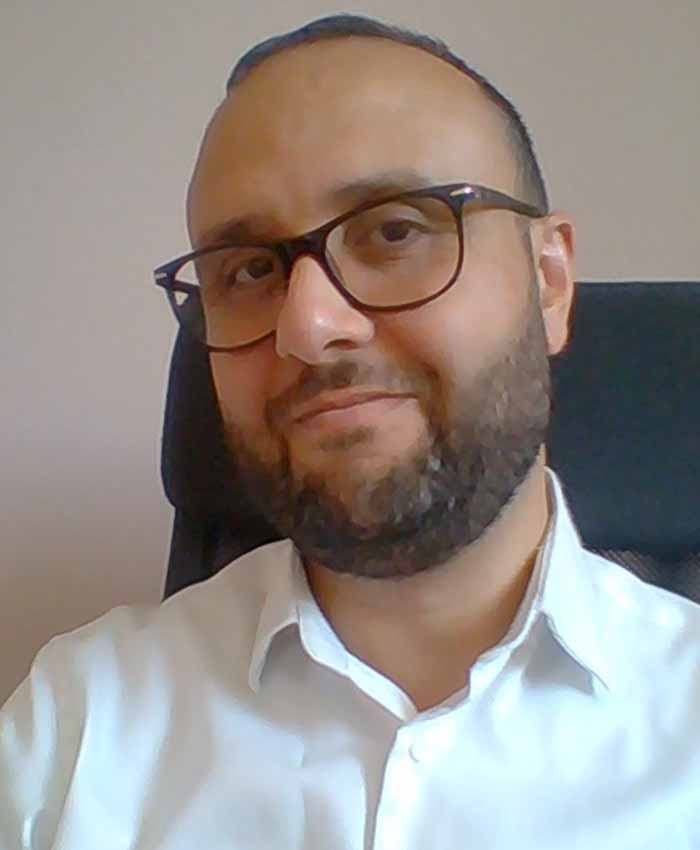 Dr. Sami Lakhdar: The research activities in the Lakhdar’ group are focused on the use of physical organic tools (laser flash photolysis, cyclic voltammetry, EPR spectroscopy and fluorescence) to understand mechanisms of radical reactions, focussing on physical organic chemistry, photoredox catalysis, radical chemistry.
Dr. Sami Lakhdar: The research activities in the Lakhdar’ group are focused on the use of physical organic tools (laser flash photolysis, cyclic voltammetry, EPR spectroscopy and fluorescence) to understand mechanisms of radical reactions, focussing on physical organic chemistry, photoredox catalysis, radical chemistry.
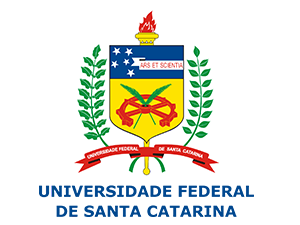
Federal University of Santa Catarina (UFSC), Brazil, FUSC
Federal University of Santa Catarina (UFSC) is a public university ranked as 6th best university in Brazil. With an average annual output of 2,700 papers in the last three years, UFSC is the most cited institution in Brazil. UFSC’s School of Technology, its major unity, is composed by 15 undergraduate and 13 graduate programs, 388 full time professors, 110 research groups and 6,000 students. In particular, the Chemical Engineering Graduate Program is ranked CAPES level 7/7 (international excellence program). UFSC has currently more than 350 cooperation agreements with several countries and over 100 agreements under negotiation.
Key Persons and Expertise
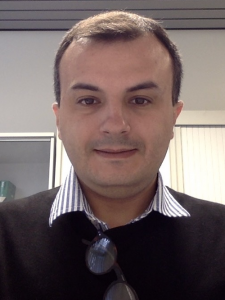 Prof. Dr. Natan Padoin: His research interests include computational fluid dynamics applied to the design, analysis and scale-up/scale-out of chemical reactors (especially photochemical reactors), microfluidics and nanotechnology. Natan has published over 20 scientific articles and has advised 8 master’s and Ph.D. projects (+19 in progress). Moreover, Natan has experience in teaching in undergraduate and graduate levels in the fields of process analysis and simulation, chemical reactor design, and surface phenomena. Prof. Padoin will be involved in research activities related to modelling and simulation of photochemical devices (considering the fluid dynamics, mass transport, photon transport, and chemical reactions) and will offer advanced training in this field. ORCID: 0000-0002-7247-2934 Website: https://portal.ctc.ufsc.br/ Twitter: @PadoinNatan.
Prof. Dr. Natan Padoin: His research interests include computational fluid dynamics applied to the design, analysis and scale-up/scale-out of chemical reactors (especially photochemical reactors), microfluidics and nanotechnology. Natan has published over 20 scientific articles and has advised 8 master’s and Ph.D. projects (+19 in progress). Moreover, Natan has experience in teaching in undergraduate and graduate levels in the fields of process analysis and simulation, chemical reactor design, and surface phenomena. Prof. Padoin will be involved in research activities related to modelling and simulation of photochemical devices (considering the fluid dynamics, mass transport, photon transport, and chemical reactions) and will offer advanced training in this field. ORCID: 0000-0002-7247-2934 Website: https://portal.ctc.ufsc.br/ Twitter: @PadoinNatan.

Columbia University in the City of New York, United States of America, CU
Columbia University is one of the world’s most recognizable institutions of higher education. For more than a century, the Columbia Chemistry Department has played a major role in the development of the study of chemistry in the US, and its graduates have gone on to prominent roles in industry and academic institutions around the world. The University boasts the 5th most Nobel Laureates produced of any institute, with 96 such individuals having ties to Columbia.
Key Persons and Expertise
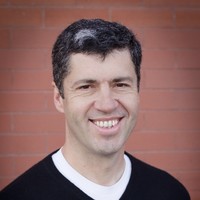 Prof. Dr. Tomislav Rovis: has research interests that include synthetic organic chemistry, methodology, transition metal catalysis, organocatalysis and photoredox catalysis. Tom has published over 180 scientific articles and has been the recipient of several ACS awards and international distinctions. He has been named a Glaxo SmithKline Scholar, an Eli Lilly Grantee, an Amgen Young Investigator and a Fellow of the American Association for the Advancement of Science. He has been granted a Roche Excellence in Chemistry award and named a Sloan Fellow. He was named a Humboldt Fellow and a JSPS Fellow. ORCID: 0000-0001-6287-8669
Prof. Dr. Tomislav Rovis: has research interests that include synthetic organic chemistry, methodology, transition metal catalysis, organocatalysis and photoredox catalysis. Tom has published over 180 scientific articles and has been the recipient of several ACS awards and international distinctions. He has been named a Glaxo SmithKline Scholar, an Eli Lilly Grantee, an Amgen Young Investigator and a Fellow of the American Association for the Advancement of Science. He has been granted a Roche Excellence in Chemistry award and named a Sloan Fellow. He was named a Humboldt Fellow and a JSPS Fellow. ORCID: 0000-0001-6287-8669
University of Michigan, United States of America, UMi
The University of Michigan is among the leading academic institutions in the world - recently noted as the #1 public research university in the US (National Science Foundation, see also https://umich.edu/facts-figures/). The Department of Chemistry (which confers Bachelor's, Master's and PhD programs) offers cutting edge research in a collaborative environment. The department has an international reputation for excellence with multifaceted research covering all areas of modern chemistry. The current graduate student population includes approximately 15 Master's students and 269 PhD students. The PhD population is compiled of 77% US citizens or permanent residents and 23% international students.
Key Persons and Expertise
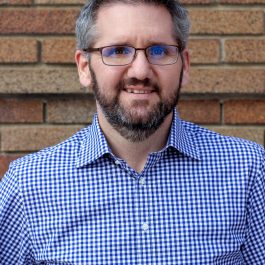 Prof. Corey Stephenson: His group has a longstanding interest in the development of novel methodologies using visible light-active transition metal catalysts. The use of visible light promoted photochemistry is a particularly attractive means to initiate organic reactions due to the lack of visible light absorbance by the majority of organic compounds. As a consequence, these catalysts are ideally suited for implementation in natural product synthesis and late-stage functionalization reactions, providing strategy level advantages by circumventing the need for protecting groups and redox manipulations. The group has pioneered the use of photoredox catalysis for catalytic intra- and intermolecular free radical chemistry, C-H bond functionalization of arenes and tertiary amines, and natural product total synthesis using an approach rooted deeply in understanding the fundamental aspects of photoredox catalysis (e.g. photophysics, catalyst selection), catalyst deactivation/decomposition pathways, and reaction mechanism.
Prof. Corey Stephenson: His group has a longstanding interest in the development of novel methodologies using visible light-active transition metal catalysts. The use of visible light promoted photochemistry is a particularly attractive means to initiate organic reactions due to the lack of visible light absorbance by the majority of organic compounds. As a consequence, these catalysts are ideally suited for implementation in natural product synthesis and late-stage functionalization reactions, providing strategy level advantages by circumventing the need for protecting groups and redox manipulations. The group has pioneered the use of photoredox catalysis for catalytic intra- and intermolecular free radical chemistry, C-H bond functionalization of arenes and tertiary amines, and natural product total synthesis using an approach rooted deeply in understanding the fundamental aspects of photoredox catalysis (e.g. photophysics, catalyst selection), catalyst deactivation/decomposition pathways, and reaction mechanism.
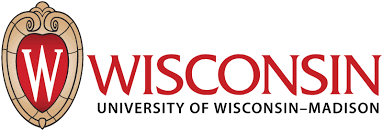
University of Wisconsin–Madison, United States of America, UWM
The University of Wisconsin–Madison is a public research university in Madison, Wisconsin. UWM is part of the public Ivy league. UW–Madison is organized into 20 schools and colleges, which enrolled 30,361 undergraduate and 14,052 graduate students in 2018. Its comprehensive academic program offers 136 undergraduate majors, along with 148 master's degree programs and 120 doctoral programs. A major contributor to Wisconsin's economy, the university is the largest employer in the state, with over 21,600 faculty and staff.
Key Persons and Expertise
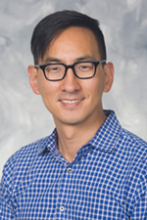 Prof. Tehshik P. Yoon has research interests in the application of open-shelled reactive intermediates such as heteroatom-centered radicals, alkene radical cations, and electronically excited organic triplets to complex molecule synthesis. His contributions to pedagogy and research have been recognized with a variety of awards, including the Friedrich Wilhelm Bessel Award, the Eli Lilly Grantee Award, the Camille Dreyfus Teacher-Scholar Award and the Amgen Young Investigator Award.
Prof. Tehshik P. Yoon has research interests in the application of open-shelled reactive intermediates such as heteroatom-centered radicals, alkene radical cations, and electronically excited organic triplets to complex molecule synthesis. His contributions to pedagogy and research have been recognized with a variety of awards, including the Friedrich Wilhelm Bessel Award, the Eli Lilly Grantee Award, the Camille Dreyfus Teacher-Scholar Award and the Amgen Young Investigator Award.
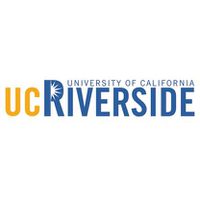
The University of California, Riverside, United States of America, UCR
The University of California, Riverside (UCR) — UCR is a part of the University of California (UC) system that is the most prestigious public-university systems in the world, comprising ten campuses: UC Berkeley, UC Davis, UC Irvine, UC Riverside, UCLA, UC Merced, UC San Diego, UC San Francisco, UC Santa Cruz and UC Santa Barbara. UCR has nine members of the National Academy of Sciences of USA, two members of the National Academy of Engineering of USA, and two Nobel Prize winners: Richard R. Schrock, who recently moved to UCR from MIT, and Barry Barish who moved from Caltech to UCR.
Key Persons and Expertise
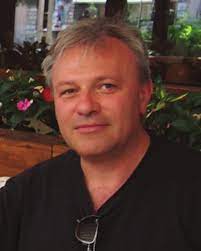 Prof. Dr. Valentine I. Vullev: His research interests include charge transfer, photochemistry, physical-organic chemistry, electrochemistry, biophysics and device engineering. He is a Professor of Bioengineering, Chemistry, Biochemistry, and Materials Science and Engineering. After completing his Ph.D. at Boston University and postdoc at Harvard University. In 10 years, he rose through the ranks to Full Professor. Some of his achievements as an independent PI include: (1) Pioneered the concept of “bioinspired molecular electrets” and introduced it to charge transfer; (2) Discovered dipole effects on donor-acceptor electronic coupling; (3) Developed “space-domain time-resolved spectroscopy” based on the dynamics of microflows; (4) Invented optical “dynamic staining” for bacterial sensing (patent issued in Aug. 2012); (5) Pioneered the field of “print-and-peel” fabrication for microfluidics. Currently, Prof. Vullev is an internationally renowned leader on dipole effects on charge transfer and molecular-level field control. ORCID: 0000-0002-3416- 9686; Website: http://vullevgroup.ucr.edu/
Prof. Dr. Valentine I. Vullev: His research interests include charge transfer, photochemistry, physical-organic chemistry, electrochemistry, biophysics and device engineering. He is a Professor of Bioengineering, Chemistry, Biochemistry, and Materials Science and Engineering. After completing his Ph.D. at Boston University and postdoc at Harvard University. In 10 years, he rose through the ranks to Full Professor. Some of his achievements as an independent PI include: (1) Pioneered the concept of “bioinspired molecular electrets” and introduced it to charge transfer; (2) Discovered dipole effects on donor-acceptor electronic coupling; (3) Developed “space-domain time-resolved spectroscopy” based on the dynamics of microflows; (4) Invented optical “dynamic staining” for bacterial sensing (patent issued in Aug. 2012); (5) Pioneered the field of “print-and-peel” fabrication for microfluidics. Currently, Prof. Vullev is an internationally renowned leader on dipole effects on charge transfer and molecular-level field control. ORCID: 0000-0002-3416- 9686; Website: http://vullevgroup.ucr.edu/
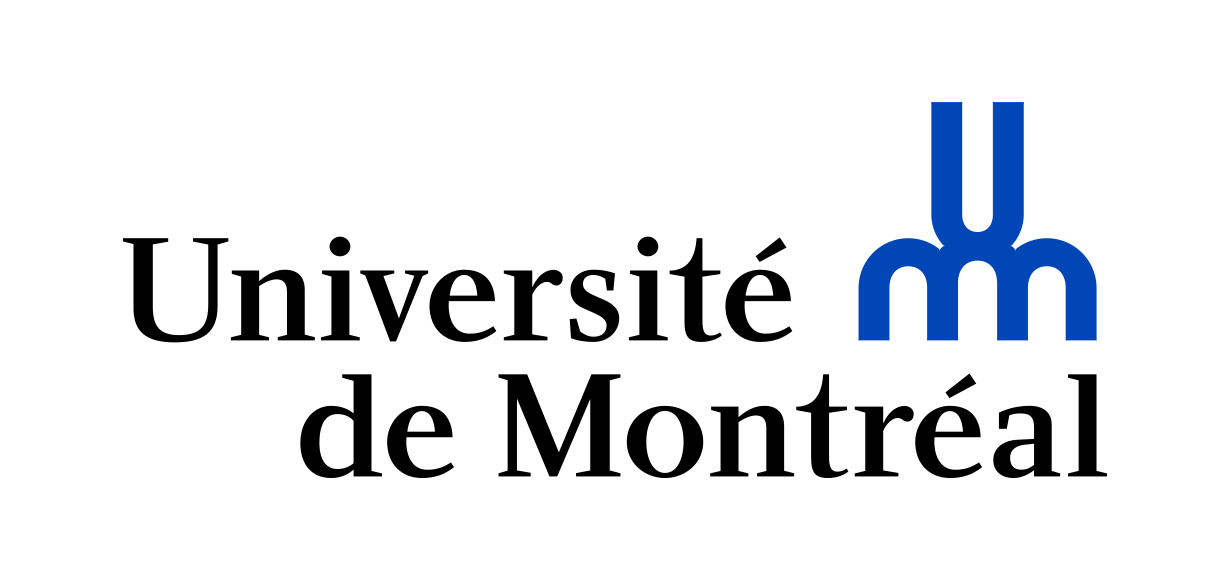
Université de Montréal, Canada, UMo
The Université de Montréal is a French-language public research university in Montreal, Quebec, Canada. It is the second largest French speaking University in the world and is typically in the top three highest-funded research institutions in Canada. UdeM’s 2017-2021 Strategic Research Plan puts “Environment and Sustainable Development” a theme among their “Sectors for Excellence”. In the fall of 2019, UdeM inaugurated its new Science Complex (Complexe de Sciences) at the heart of the new MIL campus, enabled by an investment of $350M. The new Science Complex will host four science departments: chemistry, physics, biological sciences and geography.
Key Persons and Expertise
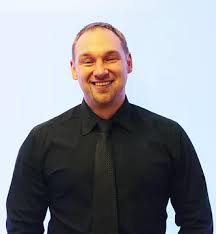 Prof. Shawn K. Collins is an innovative researcher of catalytic processes for macrocyclization and photochemical synthesis. Collins was awarded the Boehringer-Ingelheim (2006) and Ichikizaki (2004-2008) Young Investigator Awards, the Synthesis/Synlett Journal Award (2006), a CNC-IUPAC Travel Grant (2008) and the Xerox University Faculty Award (2010). Collins is the co-Director of the NSERC CREATE program in Continuous Flow Science, and an Associate Editor for the Journal of Flow Chemistry (2019- present). His upcoming research projects involve the study of base-metal photocatalysts for sustainable light- based synthesis and continuous flow technologies.
Prof. Shawn K. Collins is an innovative researcher of catalytic processes for macrocyclization and photochemical synthesis. Collins was awarded the Boehringer-Ingelheim (2006) and Ichikizaki (2004-2008) Young Investigator Awards, the Synthesis/Synlett Journal Award (2006), a CNC-IUPAC Travel Grant (2008) and the Xerox University Faculty Award (2010). Collins is the co-Director of the NSERC CREATE program in Continuous Flow Science, and an Associate Editor for the Journal of Flow Chemistry (2019- present). His upcoming research projects involve the study of base-metal photocatalysts for sustainable light- based synthesis and continuous flow technologies.
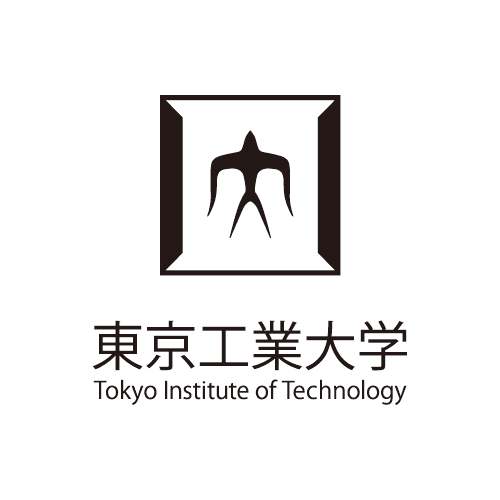
Tokyo Institute of Technology, Japan, TIT
Tokyo Institute of Technology (Tokyo Tech) is a national research university located in Greater Tokyo Area, Japan. Tokyo Tech is the largest institution for higher education in Japan dedicated to science and technology, and is generally considered to be one of the most prestigious universities in Japan.
Key Persons and Expertise
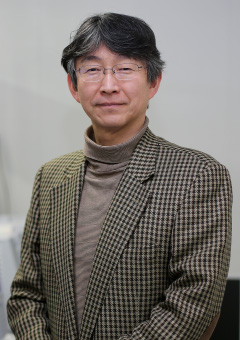 Prof. Osamu Ishitani: He Ishitani has been interested in artificial photosynthesis for a long time. His group has developed molecular technology for metal-complex photocatalysts for CO2 reduction and hybridized them with various semiconductor materials. He recently succeeded to construct Z-scheme photocatalytic systems which efficiently reduce CO2 by using water as a reductant and visible light as an energy source, and photocatalytic and electrocatalytic systems for direct reduction of low concentration CO2.
Prof. Osamu Ishitani: He Ishitani has been interested in artificial photosynthesis for a long time. His group has developed molecular technology for metal-complex photocatalysts for CO2 reduction and hybridized them with various semiconductor materials. He recently succeeded to construct Z-scheme photocatalytic systems which efficiently reduce CO2 by using water as a reductant and visible light as an energy source, and photocatalytic and electrocatalytic systems for direct reduction of low concentration CO2.

Galapagos, NV, Belgium, Gal
Galapagos is a clinical-stage biotechnology company, specialized in the discovery and development of small molecule medicines with novel modes of action. Our ambition is to become a leading global biopharmaceutical company, focused on the discovery, development and commercialization of innovative medicines that will improve people's lives.
Role and Commitment of key persons (including supervisors)
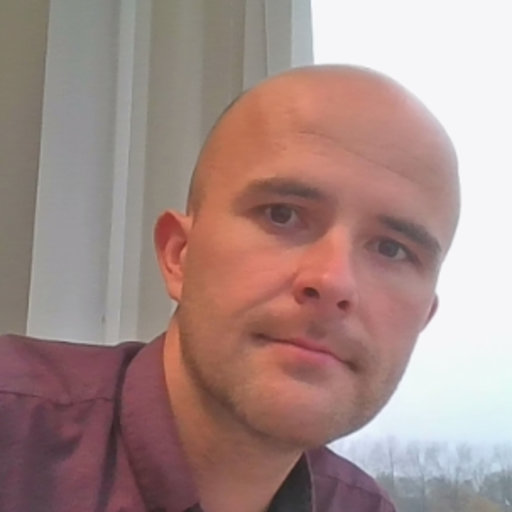 Dr. Steven Van der Plas: Has been working with Galapagos for more than 11 years. Currently, he is an Associate Director in the medicinal chemistry group. Steven has worked on various projects spanning different disease areas (cystic fibrosis, immune inflammation, fibrosis, infection diseases). In the role of lead chemist, Steven has lead chemistry efforts that resulted in several small molecules that have been evaluated in the clinic. Currently, 4 novel small molecules have been tested in PhaseII clinical trials and one small molecule is undergoing PhaseI clinical trial. In addition to written publications and patents, Steven has presented some of these drug discovery projects on several international medicinal chemistry conferences, including the ACS first time disclosure and Gordon Medicinal Chemistry sessions.
Dr. Steven Van der Plas: Has been working with Galapagos for more than 11 years. Currently, he is an Associate Director in the medicinal chemistry group. Steven has worked on various projects spanning different disease areas (cystic fibrosis, immune inflammation, fibrosis, infection diseases). In the role of lead chemist, Steven has lead chemistry efforts that resulted in several small molecules that have been evaluated in the clinic. Currently, 4 novel small molecules have been tested in PhaseII clinical trials and one small molecule is undergoing PhaseI clinical trial. In addition to written publications and patents, Steven has presented some of these drug discovery projects on several international medicinal chemistry conferences, including the ACS first time disclosure and Gordon Medicinal Chemistry sessions.
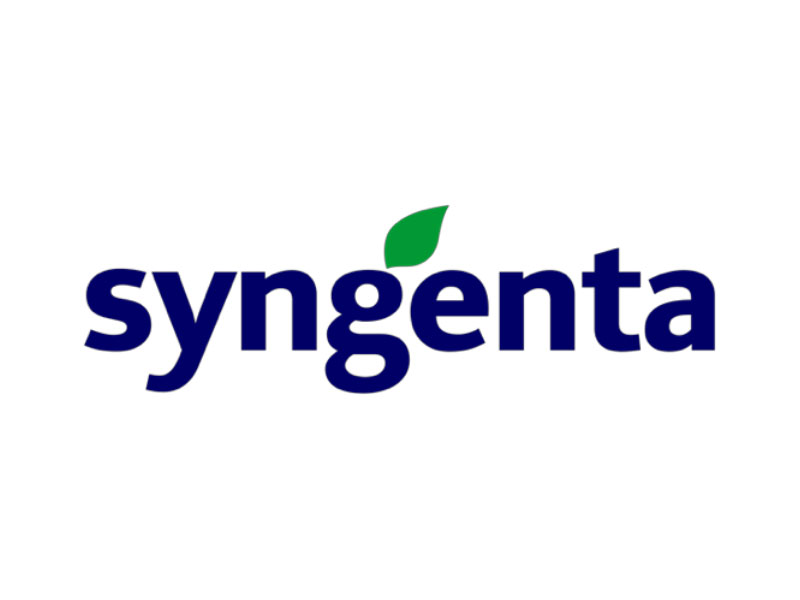
Syngenta Ltd, SYN
Syngenta is one of the world's leading companies with more than 28,000 employees in some 90 countries, and sales in 2018 of $13.5 billion. Syngenta has two main businesses: the invention, development, manufacture and sale of chemicals for use in crop protection – herbicides, fungicides and insecticides – and the development and sale of new seed varieties for food, feed and fibre. Syngenta invested $1.3 billion in R&D in 2018 and has more than 5,000 R&D staff.
Role and Commitment of key persons (including supervisors)
We intend that multiple Syngenta scientists with diverse interests and expertise in photochemistry will be involved.
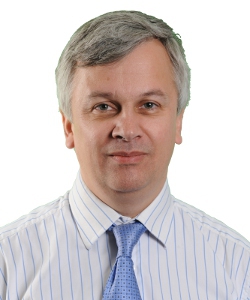 Dr. William Whittingham: Bill is a Principal Team Leader in Chemical Innovation at Syngenta, based at Jealott's Hill near Bracknell. He obtained his BA and PhD in Chemistry from Cambridge University and spent two years as a postdoctoral fellow at Harvard before joining ICI at Jealott's Hill in 1991. In addition to his team and project leader roles, he also has responsibility for Syngenta's Chemical Research external collaborations.
Dr. William Whittingham: Bill is a Principal Team Leader in Chemical Innovation at Syngenta, based at Jealott's Hill near Bracknell. He obtained his BA and PhD in Chemistry from Cambridge University and spent two years as a postdoctoral fellow at Harvard before joining ICI at Jealott's Hill in 1991. In addition to his team and project leader roles, he also has responsibility for Syngenta's Chemical Research external collaborations.
Dr David Burns: is currently a team leader at Syngenta. He obtained his PhD at the university of York on the total synthesis of Samaderine C and related Quassinoids. Next, he carried out several postdocs at the University of Edinburgh, University of Nottingham and the University of Gottingen.

CreaFlow BVBA, Belgium, CF
Creaflow develops innovative and scalable continuous flow reactors for applications in chemical, life sciences, and related industries, particularly targeting unresolved needs in the flow reactor market. The flagship product is the HANU reactor, a scalable multipurpose photoreactor. Besides offering off-the-shelf reactors, Creaflow strongly focuses on customized design to align with specific processes, taking both efficiency and chemical compatibility into account.
Key Persons and Expertise
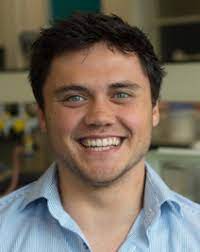 Dr. Hannes Gemoets: received his Ph.D. at the Eindhoven University of Technology (TU/e) in the Micro Flow Chemistry & Process Technology group, under the supervision of Prof. Timothy Noël and Prof. Volker Hessel. His research focused on the development of novel continuous-flow methods for C–H functionalization strategies (i.e. C–H activation and photoredox catalysis). As R&D director at Creaflow, his work focusses on the on the design and development of innovative and scalable continuous-flow (photo)reactors.
Dr. Hannes Gemoets: received his Ph.D. at the Eindhoven University of Technology (TU/e) in the Micro Flow Chemistry & Process Technology group, under the supervision of Prof. Timothy Noël and Prof. Volker Hessel. His research focused on the development of novel continuous-flow methods for C–H functionalization strategies (i.e. C–H activation and photoredox catalysis). As R&D director at Creaflow, his work focusses on the on the design and development of innovative and scalable continuous-flow (photo)reactors.

